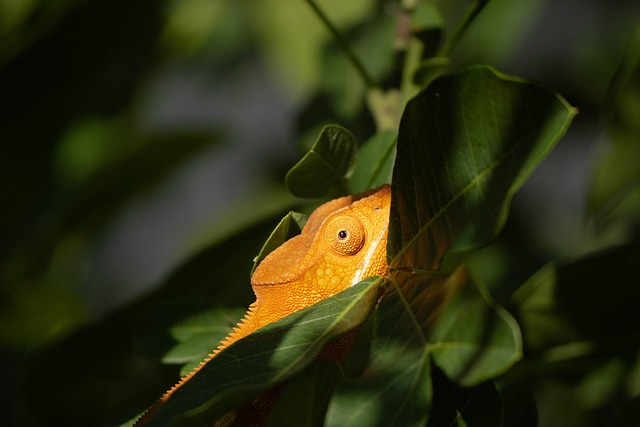Identify signs of a raccoon infestation in your Lakewood attic, such as unusual noises, droppings, and entry points. Sealing off these points with durable materials and installing one-way exclusion devices is crucial for effective wildlife control. Deterracter methods like motion-activated lights and proper ventilation also help. Prevent raccoons from invading by sealing entry points, maintaining a clean environment, and trimming trees/shrubs nearby.
In the quiet tranquility of your Lakewood home, an unwelcome guest could be lurking—raccoons. Recognizing their subtle signs is crucial for effective wildlife control. This article guides you through identifying a raccoon infestation in your attic, offering practical strategies to manage and prevent future invasions. Learn how to navigate these bustling creatures’ labyrinthine entry points and implement long-term solutions to keep them at bay. Discover the steps to reclaim your space from these persistent barn invaders.
- Recognizing the Signs: Understanding a Raccoon Infestation in Your Attic
- Effective Wildlife Control Strategies for Barn and Attic Invaders
- Long-term Prevention Measures to Keep Raccoons at Bay
Recognizing the Signs: Understanding a Raccoon Infestation in Your Attic

Recognizing the signs of a raccoon infestation in your Lakewood attic is crucial before seeking wildlife control solutions. Keep an eye out for telltale signs like unusual noises coming from above, such as scurrying or scratching sounds, which often indicate the presence of these nocturnal creatures. Additionally, look for small entry points, like holes or gaps around vents or chimneys, where raccoons can gain access to your attic. You might also notice droppings—black, tar-like pellets—as they are known to leave significant amounts behind. If you smell a pungent odor similar to that of wet mud, it could be a sign of a raccoon infestation as they tend to urinate in areas they inhabit.
One of the most obvious signs is the presence of live or dead raccoons in your attic space. However, even if you don’t spot any animals, persistent problems like structural damage caused by their constant movement and nesting materials left behind suggest an ongoing infestation that requires professional wildlife control services.
Effective Wildlife Control Strategies for Barn and Attic Invaders

Effective Wildlife Control Strategies for Barn and Attic Invaders
When it comes to addressing wildlife control issues, especially in areas like barns and attics, identifying the specific invaders is the first step. One common barn invader is raccoons, which can cause significant damage by tearing through roofs and walls. Signs of a raccoon infestation in your Lakewood attic include unusual noise, dropped waste, and visible entry points. To mitigate these issues, professional wildlife control services often recommend sealing off potential entry points with sturdy materials like metal or concrete.
Additionally, installing one-way exclusion devices can allow animals to leave but prevent reentry, providing a humane and effective solution. Regular inspections are crucial in maintaining these barriers. Other strategies involve using deterrents like motion-activated lights or noisemakers, which can scare off wildlife without causing harm. For attics, ensuring proper ventilation and removing potential food sources like trash or pet food can further deter invaders, making your home less appealing to unwanted visitors.
Long-term Prevention Measures to Keep Raccoons at Bay

Raccoons are clever and persistent creatures, so effective long-term prevention is key to keeping them from taking up residence in your barn or attic. One of the first steps is identifying and sealing any potential entry points around your property. This includes checking for gaps in siding, broken vents, or loose gutters—common ways raccoons gain access. Using steel wool or metal mesh to patch these openings can deter them from re-entering after removal.
Additionally, keeping your area clean and free of food sources is vital. Securing outdoor trash cans with tight-fitting lids, cleaning up fallen fruit or vegetables, and storing pet food in sealed containers will reduce the likelihood of attracting raccoons. Regularly trimming trees and shrubs near your barn or house can also help, as it reduces potential hiding spots and makes it harder for them to gain easy access.
Identifying and addressing wildlife infestations, such as raccoons in your attic, is crucial for maintaining a safe and healthy home environment. By recognizing the signs early on, implementing effective control strategies like those discussed in this article, and adopting long-term prevention measures, residents of Lakewood can efficiently manage and deter these pesky invaders. Remember, prompt action is key to minimizing damage and ensuring a peaceful living space.
